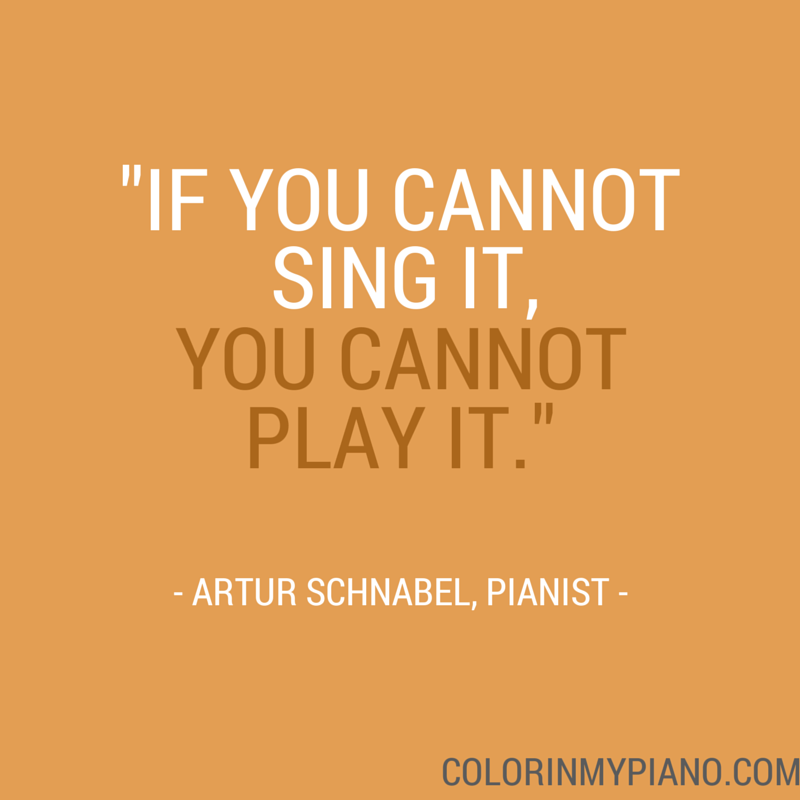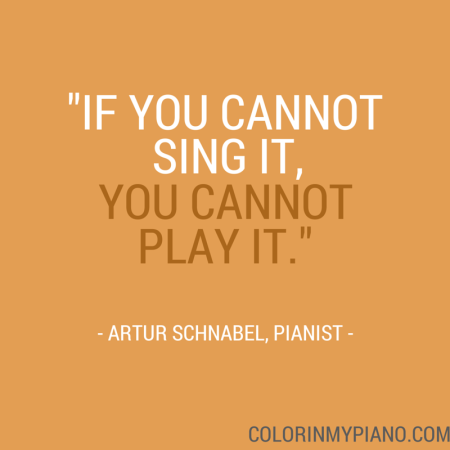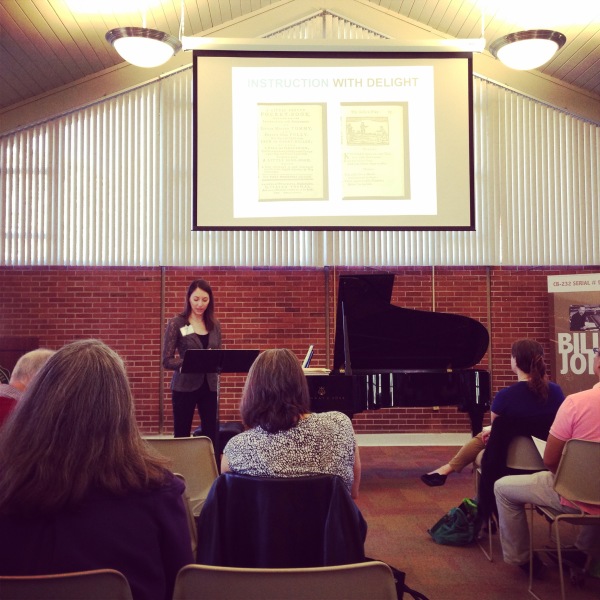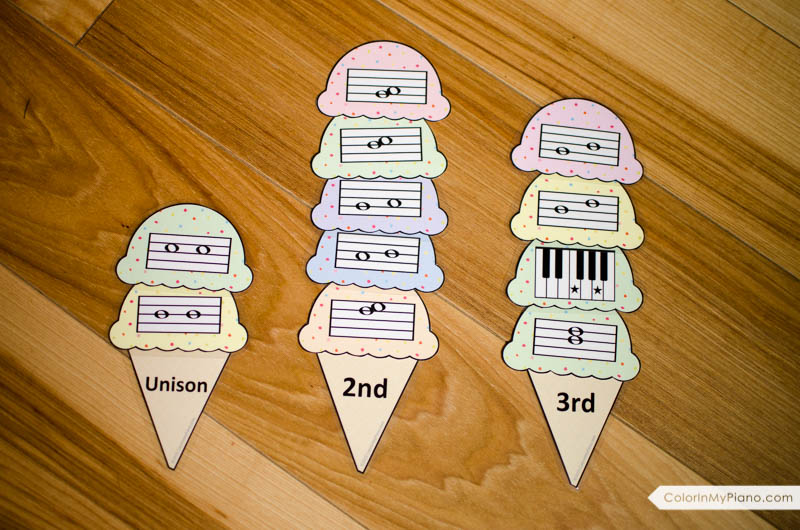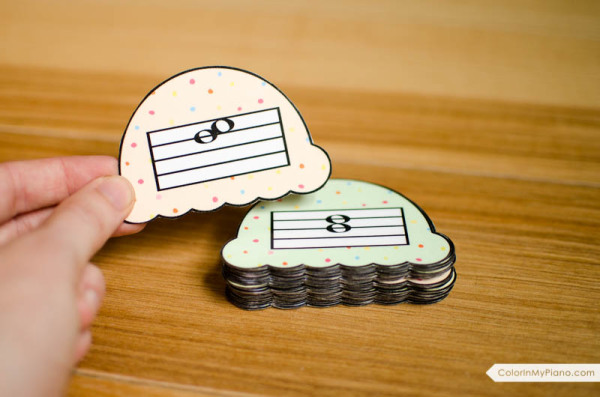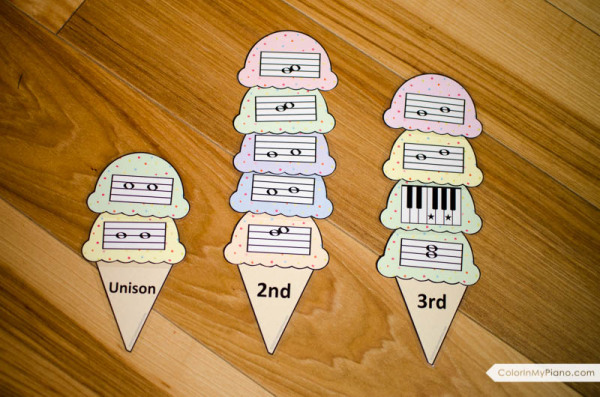I’m currently working on the projects required for becoming a NCTM (Nationally Certified Teacher of Music) through MTNA. Of the required projects for piano, I think the video project is the most time consuming — so that is the project I’ve been focusing on first. As recommended by piano teacher profile projects workbook, I started recording some of my student’s lessons for a time just to experiment with camera options and camera angle. I think I finally found the camera location that works the best, so I thought I’d show you a little clip from a recent piano lesson with my student, Liz.
There is an art to introducing a new piece to a student in a way that sets them up for success. For example, we cannot assume that a beginner student will notice the time signature until we have taught them to check it with each new piece. We cannot expect the student to learn a piece well unless we have properly prepared the student’s experience for the rhythms, sounds, techniques, and reading that the piece requires.
In Liz’s case, she has been taking lessons for a year and she already has a pretty good handle on time signatures, rhythm, and note reading. We are still working on developing technique for playing various types of articulations, becoming a fluid sight-reader, and playing expressively. Liz is a faithful practicer and has been making very steady progress.
Many of you will recognize the piece in the video: It is the Russian Sailer Dance from the Level 1 Lesson Book from the Faber Piano Adventures. In the video below, I provide Liz with a brief introduction to the piece and then ask her to sight-read the piece. Then, we talk a little bit more about the technique for getting a nice staccato sound and how she can shape the repeated notes to add interest.
Sorry about the low volume in this video! Next time, I will boost the volume before I upload.
This NCTM video project has already changed my teaching. As I watch my videos, I find myself realizing how I could have introduced a concept better, or could have been more concise with my conversation in favor of having the student DO things besides listening to me. Of course, hindsight is always 20:20. We do the best that we can in the time and circumstances we are given. But I am a big believer in striving for self-improvement, so I’m going to keep watching my teaching videos and learning! Observing my own teaching is already causing me to make subtle changes to my teaching that will make it more effective.
I would encourage each of you to get permission from a student or two to record their lessons so that you can afterwards evaluate your own teaching. It’s very valuable!
Tech specs for anyone interested: I encountered many technical difficulties with the camcorder I borrowed from my parents and I found most point-and-shoot cameras have a 20 minute limit for video clip length. I finally decided to settle with using my iPhone 5C due to the convenience and ease-of-use. Nowadays, the quality of the iPhone’s camera actually rivals what a typical point-and-shoot camera can do.


